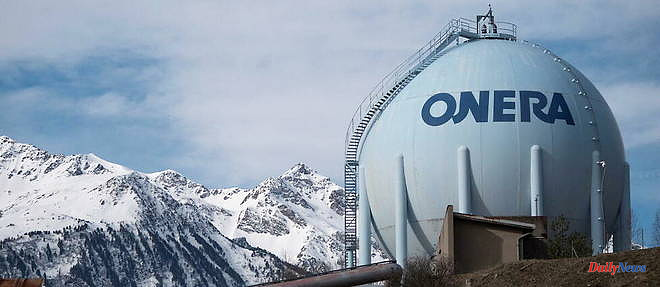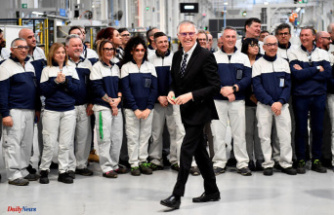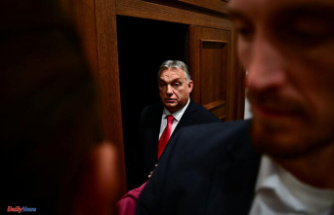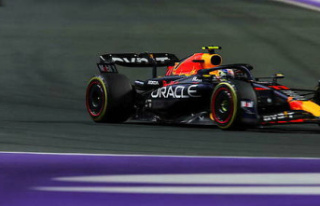A flagship of the French aerospace industry, the wind tunnels of the National Office for Aerospace Studies and Research (Onera) are a world treasure of research: facilities capable of simulating the speed of sound on a 3.5 m model of scale or conducting tests at 15,000 kilometers per hour can be counted on the fingers of your hands. Such an installation as that of Onera is unique in Europe.
French aviation players seem to be aware of this. The Delegate General for Armaments (DGA) Emmanuel Chiva and the Director General of Civil Aviation (DGAC) Damien Cazé met on March 17 at the Modane site (Savoie), around the Director General of Onera Bruno Sanjon. All recalled the importance of this establishment, which since 1952 has been continuously testing wing profiles, jet engines, planes, rockets and missiles with the aim of improving their aerodynamic performance.
For Damien Cazé, the "French NASA" that is ONERA allows manufacturers to have a scientific basis to develop the aviation of the future, more sustainable. Wind tunnels make it possible, for example, to reduce the fuel consumption of aircraft or to develop new aircraft designs more suited to hydrogen, which some aircraft manufacturers want to generalize by 2050. Damien Cazé also underlined the importance of the work of reduction of noise pollution undertaken by Onera, noting that this is probably the inconvenience linked to aviation with which the French are most directly confronted.
The DGAC took advantage of this visit to announce the launch of the Sustainable Aviation Observatory, a platform of the Ministry of Ecological Transition (to which the DGAC is attached) intended to gather and disseminate all the knowledge aimed at making the carbon-neutral aviation within thirty years. Onera and its 2,000 employees are an essential support point for this platform. It should be noted that Modane's activity does not emit any greenhouse gases since it draws its energy from the water of two dams located 800 meters higher, in the mountains.
A quarter of ONERA's order book of 200 million euros is foreign and 37 billion comes from the European Union. And the latter has the firm intention of making aviation even more environmentally friendly by relying heavily on Onera.
On the military side, Emmanuel Chiva recalled that Onera is under the supervision of the DGA, although the order intake of French civil aviation exceeded that of the DGA for the first time in the history of the organization in 2022. In addition to various programs, Onera is particularly involved in two major programs supervised by the General Directorate of Armaments: the future vector of French nuclear deterrence, ASN-4G (expected for 2050), and the System air combat of the future (Scaf). The ASN 4G is a nuclear-tipped missile that will be carried by the Rafale for another ten to fifteen years after its entry into service. It will be hyper-fast (capable of exceeding Mach 5 and maneuvering) and is currently in the early study phases, where the contribution of Onera and its extremely powerful wind tunnels is crucial. The adaptation on the carrier aircraft will also be done in these wind tunnels, in order to ensure the aerodynamic compatibility of the two elements.
Regarding the Scaf, this project bringing together Germans, French and Spaniards within Airbus and Dassault, it aims, among other things, to design the replacement for the Rafale and a drone system to accompany it. At ONERA, we are already testing a few prototypes, or at least specific systems to be able to guide manufacturers in the creation of these aircraft of the future. For example, the Modane wind tunnels tested an innovative control surface design observed on a Russian aircraft under development, the Su-57: this fundamental research, with its own funds, gives Onera the ability to advise manufacturers to help them define the solution best suited to the Scaf's specifications.
The brand new director of the Defense Innovation Agency (AID), Patrick Aufort, was also present. His work being located in the research and preparation of technologies for the weapons of the future, he will also be required to be in direct contact with the research organization, for example on hypersonic weapons, an area in which the French are lagging behind. several years on the Russians and the Americans. This type of collaboration is perfectly in line with the new strategic vision of the DGA unveiled this week, which particularly insists on a faster rapprochement between manufacturers, bodies of fundamental research, decision-makers and users.












